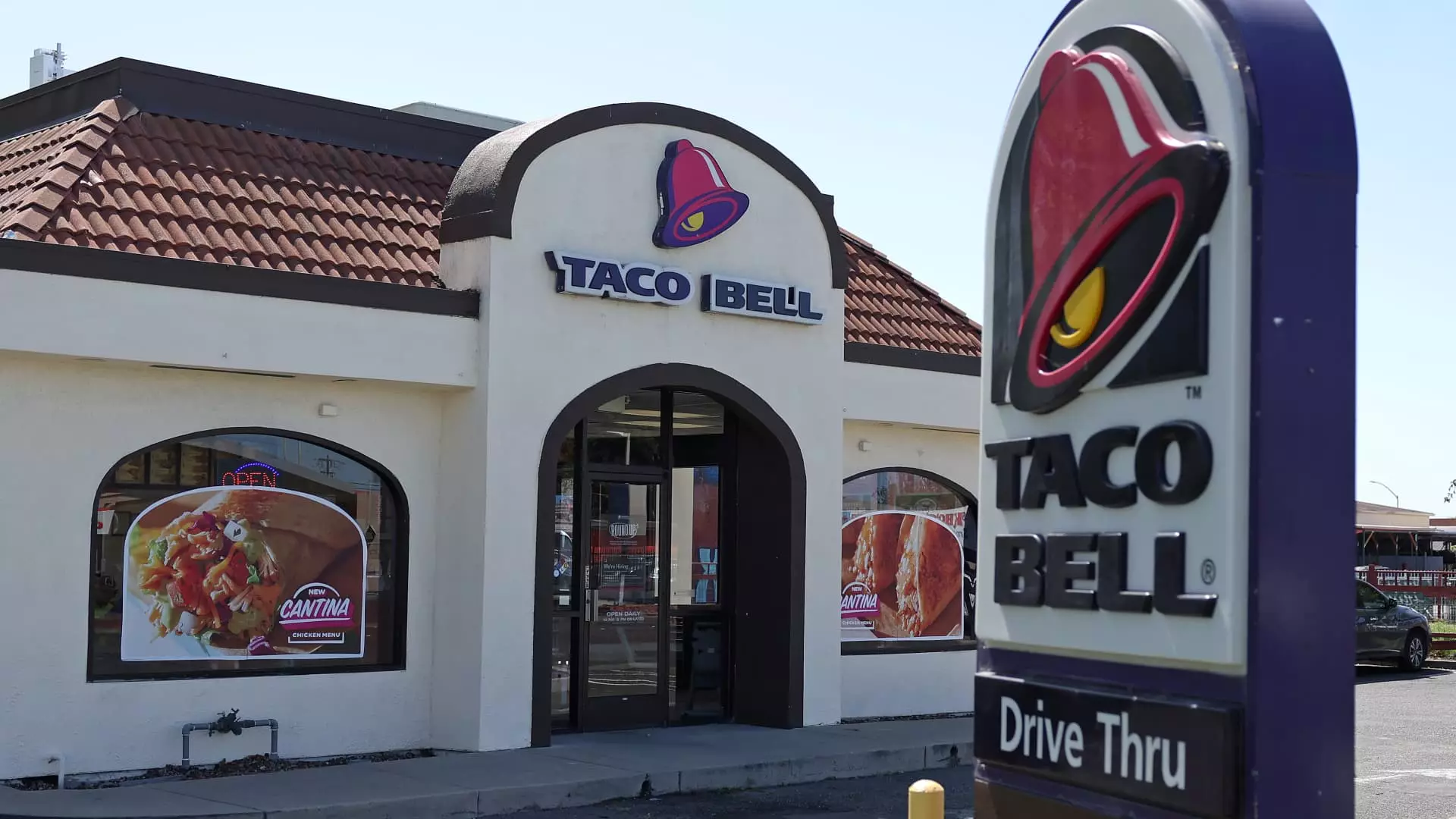Recent food safety concerns have escalated across several fast food chains following the emergence of an E. coli outbreak linked primarily to McDonald’s, resulting in a tragic death and nearly 50 confirmed infections in various states. The outbreak has triggered swift action from major players in the restaurant industry, particularly Yum Brands, which oversees Taco Bell, Pizza Hut, and KFC, as well as Restaurant Brands International, the parent company of Burger King.
Yum Brands has taken precautionary measures by voluntarily removing fresh onions from numerous locations within its franchise network. A spokesperson for the organization emphasized that this decision stems from the commitment to ongoing consumer safety, citing “abundance of caution” as a guiding principle. Although Yum Brands has not disclosed the exact number of implicated restaurants or if the decision directly correlates with the McDonald’s incident, it showcases a proactive stance in addressing potential health risks.
The pivotal player in the E. coli saga appears to be Taylor Farms, the supplier implicated in the onion-related health scare. McDonald’s and other restaurant suppliers, including U.S. Foods, source their onions from this Colorado facility. The latter has issued a recall for multiple onion products distributed to several restaurants outside of the McDonald’s network. Strikingly, Taylor Farms has yet to publicly address the situation despite being at the center of the controversy.
Burger King also took significant steps in response to the outbreak. The chain swiftly assessed its supply chain and identified that approximately 5% of its U.S. locations received onions from the problematic facility. By choosing to remove onions from select restaurants, Burger King demonstrates its commitment to food safety, even absent direct communication from health officials regarding illness. Importantly, Burger King’s approach highlights the restaurant industry’s shifting paradigm towards consumer protection, often preempting health advisories to maintain public trust.
Health Investigations and Community Impact
As health authorities delve deeper into the origins of the outbreak, the CDC is actively gathering testimonies and information from affected individuals. Preliminary investigations indicated a connection to McDonald’s Quarter Pounder burgers, where the conflicting potential sources—fresh beef patties and sliced onions—complicate the traceability of the contamination. Health officials noted that the fresh beef patties come from various suppliers, unlike the onions that are sourced from a single facility. This crucial distinction raises questions about supply chain vulnerabilities and the need for stringent safety regulations in fast food operations.
The community impact of this outbreak has been palpable, with families grappling not only with health implications but with the erosion of trust in their favorite fast-food establishments. Restaurants are typically staples of convenience and comfort, and any disruption in perceived safety can lead to significant declines in customer loyalty.
The swift reactions from Yum Brands and Burger King illustrate a growing awareness of the imperative to keep customers informed and safe. The fast food industry is at a crossroads, where transparency and accountability are no longer optional but essential for maintaining consumer confidence. As regulatory agencies ramp up inspections and industry standards evolve, companies will need to prioritize robust food safety protocols and crisis communication.
Furthermore, this episode underscores the interconnectivity of the food supply chain. One supplier’s failure can ripple through multiple brands, amplifying the risk to consumer health. It begs the question: are current regulations stringent enough to safeguard public health?
As the investigation unfolds and more information becomes available, the fast food industry must take proactive steps to address these challenges head-on. The goal should not only be to remedy the immediate crisis but also to foster a culture of safety and transparency that will ultimately benefit both consumers and businesses in the long term. As the sector adapts to this evolving landscape, maintaining the balance between operational efficiency and safety will be paramount in restoring consumer trust and confidence.

